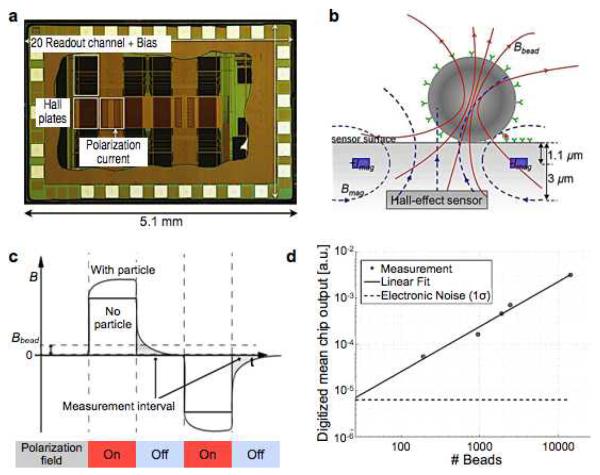Figure 6. Integrated Hall sensor for magnetic bead detection.
(a) Die photograph of an integrated Hall sensor integrate circuit (IC). The chip contains 10240 Hall-effect sensors, evaluation electronics, and electromagnets for polarizing field generation. (b) Cross section of a single Hall sensing element. A pair of metal wires on both sides of the Hall-effect sensor are used to generate the polarizing field to magnetize the bead. (c) Magnetic beads are detected via relaxation measurement. The polarization magnetic field is applied to magnetic beads. Subsequently, the field is turned off, and the remnant decaying magnetic field from the bead is measured. The measurement is free from the large offset coming from the polarizing field. (d) Magnetic beads (2.8 μm) were detected in the entire sensing area (0.64 mm2). The sensitivity was down to 0.1% coverage of the sensing area. (Reproduced with permission from ref. 94 and 95. Copyright 2012, 2013 IEEE.)

